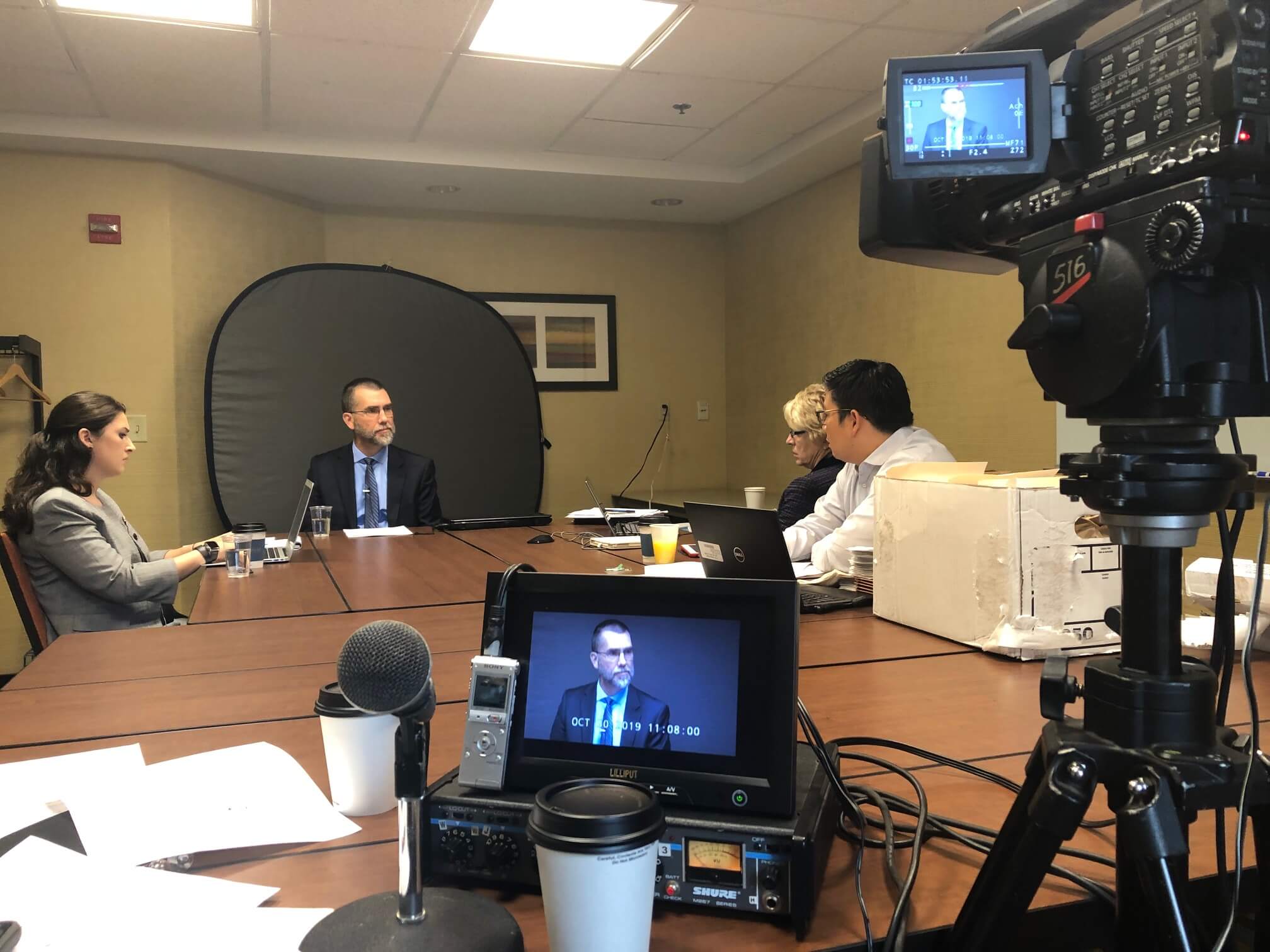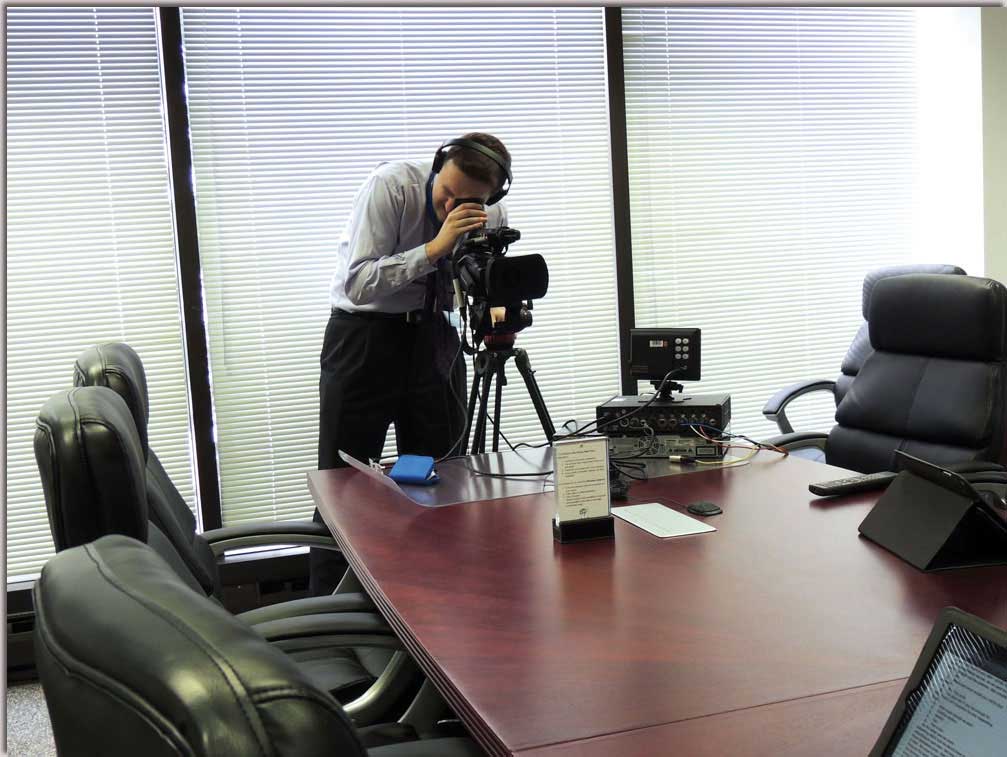Looking Into the Mechanisms of Legal Videography: Unveiling Its Procedure in Shielding Genuine Visual Statement for Judicial Proceedings
In the world of judicial process, the role of lawful videography stands as a cornerstone in maintaining and presenting aesthetic evidence. As innovation proceeds to development, the mechanisms behind legal videography have actually ended up being significantly elaborate, offering a critical layer of authenticity to testaments captured on video.
Historical Evolution of Lawful Videography
Checking out the historical progression of lawful videography reveals a considerable makeover in the capturing and discussion of aesthetic proof within the legal landscape. In the past, legal procedures greatly counted on written transcripts and pictures to document events and supply proof. However, with the introduction of video clip innovation, the lawful industry witnessed a standard shift in just how aesthetic testimony was captured and provided.
The development of legal videography can be mapped back to the late 20th century when improvements in video clip recording devices made it much more easily accessible for usage in court rooms. This technical innovation not just boosted the precision and dependability of aesthetic evidence but also transformed the way cases were presented to courts and courts (Legal Videography). Lawyers began to recognize the persuasive power of video clip recordings in sharing feelings, nuances, and non-verbal cues that written records or pictures alone could not record properly

Modern Technology Advancements in Video Clip Documentation
What essential technological advancements have reinvented video clip documentation in the legal field? The lawful area has seen considerable improvements in video paperwork technology that have enhanced the authenticity and dependability of visual proof in judicial proceedings.
In addition, advancements in video clip security and watermarking modern technologies have actually boosted the safety and tamper-proof nature of video proof, protecting it against unauthorized changes or tampering. Additionally, the introduction of cloud storage space options and remote accessibility capacities has structured the storage space, retrieval, and sharing of video evidence, helping with smooth partnership among attorneys and making sure reliable access to important aesthetic statements when required. These technical improvements in video clip paperwork have undoubtedly revolutionized the lawful field, enhancing the precision, reputation, and admissibility of aesthetic evidence in judicial process.
Duty of Legal Videographers in Court Room Setups
The development of video clip paperwork innovation in the legal field has necessitated a critical role for legal videographers in court room settings, making sure the integrity and integrity of aesthetic statements presented during judicial process. Lawful videographers play an essential role in recording and protecting exact aesthetic evidence that can be critical in lawsuit. Their duty expands to establishing equipment, videotaping procedures, and generating top notch video clips that precisely mirror the occasions in the court.
In court room setups, lawful videographers need to abide by stringent standards and criteria to preserve the authenticity of the visual document. They need to possess a keen eye for detail and a thorough understanding of lawful treatments to guarantee that the video footage they record is a true depiction of the events that transpired. Additionally, legal videographers frequently function closely with lawful teams to ensure that the video evidence lines up with the situation's demands and can be properly provided in court to support the lawful disagreements being made. On the whole, the function of legal videographers in courtroom settings is crucial in promoting the principles of justice and making certain the transparency of legal procedures.

Ensuring Admissibility and Stability of Video Evidence
To keep the trustworthiness of visual proof offered in legal proceedings, ensuring the admissibility and stability of video evidence is an essential responsibility for legal videographers. Admissibility refers to the acceptance of proof by the court, and for video proof to be admissible, it has to meet specific criteria. Legal videographers play a crucial function in guaranteeing that the videos they catch abide by the regulations of evidence, such as credibility, dependability, and relevance.
Stability of video clip evidence entails maintaining the creativity and accuracy of the video footage from the time it is tape-recorded until it is presented in court. This consists of firmly saving the video data, documenting the chain of custodianship, and preventing any kind of meddling or changes. Lawful videographers should stick to strict procedures to ensure the stability of the video clip evidence and stop any type of obstacles to its credibility.
Future Trends in Legal Videography
Provided the increasing reliance explanation on technology in lawful procedures, lawful videographers are poised to welcome innovative improvements forming the future of visual testament capture and presentation. Among the popular trends coming up is the assimilation of virtual fact (VR) and boosted truth (AR) modern technologies right into lawful videography. These innovations have the possible to reinvent exactly how visual evidence is presented in court rooms, enabling juries and judges to submerse themselves in the scene of the criminal offense or incident.
In addition, making use of expert system (AI) algorithms for video clip evaluation is anticipated to simplify the procedure of evaluating and evaluating huge amounts of video footage. AI can aid in recognizing key minutes, anomalies, and patterns within videos, enhancing the performance of lawful examinations.

Conclusion
To conclude, lawful videography has actually played an important duty in giving genuine visual evidence for judicial process. Through technological improvements and the experience of legal videographers, the integrity and admissibility of video proof are made sure in court setups. As legal videography remains to evolve, it will be vital to maintain criteria that maintain from this source the accuracy and integrity of aesthetic testimony for the future of legal process.
Examining the historical development of lawful Find Out More videography reveals a considerable improvement in the recording and presentation of visual evidence within the lawful landscape.The advancement of video clip documentation innovation in the lawful area has actually demanded an essential function for legal videographers in court setups, making certain the integrity and reliability of visual testaments offered during judicial process. Additionally, legal videographers typically work closely with lawful teams to make sure that the video clip evidence aligns with the situation's requirements and can be successfully provided in court to support the legal debates being made.To preserve the trustworthiness of aesthetic proof presented in lawful process, making sure the admissibility and integrity of video clip proof is a critical obligation for legal videographers. As lawful videography proceeds to advance, it will certainly be important to support standards that maintain the accuracy and integrity of visual testament for the future of legal procedures.